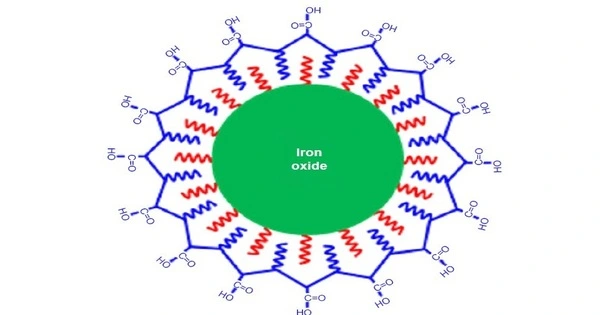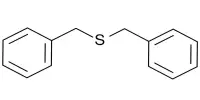Iron oxide nanoparticles are iron oxide particles with dimensions ranging from one to one hundred nanometers. These are nanomaterials made up of iron and oxygen atoms that are organized in a crystalline lattice configuration. These nanoparticles are incredibly small, ranging in size from 1 to 100 nanometers (nm), or 1,000 times smaller than the breadth of a human hair.
Magnetite (Fe3O4) and its oxidized counterpart maghemite (γ-Fe2O3) are the two primary types. They have sparked widespread interest due to their superparamagnetic qualities and prospective applications in a variety of sectors, including molecular imaging (while cobalt and nickel are also highly magnetic materials, they are poisonous and easily oxidized). Due to their unique properties, iron oxide nanoparticles have a wide range of applications in various fields, including medicine, materials science, and environmental remediation.
Types of Iron Oxide Nanoparticles:
- Iron(II) oxide (Fe3O4): Also known as magnetite, it is a black or brownish-black magnetic mineral.
- Iron(III) oxide (Fe2O3): This includes two main forms – hematite, which is red or reddish-brown, and maghemite, which is a grayish-black material.
Magnetic Properties
Magnetite (Fe3O4) and maghemite (γ-Fe2O3) are iron oxide nanoparticles that have high magnetic characteristics. This makes them useful in a variety of applications, including medical magnetic resonance imaging (MRI), magnetic hyperthermia for cancer treatment, and the production of magnetic nanocomposites.
Application
Terabit magnetic storage devices, catalysis, sensors, superparamagnetic relaxometry, high-sensitivity biomolecular magnetic resonance imaging, magnetic particle imaging, magnetic fluid hyperthermia, separation of biomolecules, and targeted drug and gene delivery for medical diagnosis and therapeutics are all applications of iron oxide nanoparticles. Long-chain fatty acids, alkyl-substituted amines, and diols must be used to coat the nanoparticles for these applications. They have been employed in supplement formulations.
Biomedical Applications
These are contrast compounds used in MRI to improve the visibility of soft tissues and organs. They are used in drug delivery systems, where the nanoparticles can be drug-functionalized and targeted to specific areas in the body.
Magnetic nanoparticles have been investigated for the treatment of hyperthermia, in which they generate heat when subjected to an alternating magnetic field, which can be utilized to selectively eliminate cancer cells.
Environmental Remediation
Adsorption and chemical reactions can be utilized to remove pollutants from water and soil using iron oxide nanoparticles. They are capable of eliminating heavy metals as well as organic contaminants. These nanoparticles can also be utilized to remove phosphates and other contaminants from wastewater.
















